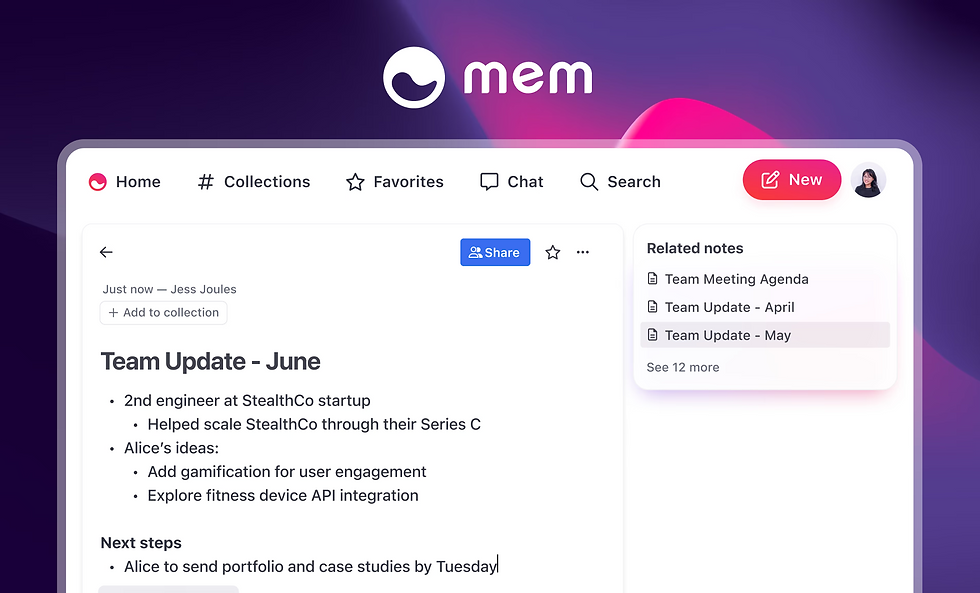Top 10 Tetra Alternatives to Try for Productivity in 2025
- Aisha Washington

- Aug 25
- 9 min read

You see new productivity software come out every year. Many people now like cloud-based tools and AI features. These help you work faster and make tasks easier. Big companies keep making better tools. You should try new options when they come out. Here are the top 10 tetra alternatives for productivity in 2025:
remio
Evernote
Microsoft OneNote
Google Workspace
Fathom
HubSpot CRM
Zoho CRM
Supernormal
Check out these tools to see what works for you. Pick the ones that fit your work and connect with other tools you use.
Key Takeaways
Check out the top 10 Tetra alternatives to help you get more done with AI tools and smart features. - Pick tools that match how you work, work with your favorite apps, and help you keep notes, meetings, or customer data organized. - Try different choices with free trials to find simple tools that help your team work together and save time. - Find tools that protect your data and have mobile apps so you can work anywhere. - Be ready to try new technology and update your tools often to keep your work easy and fast.
Top 10 Tetra Alternatives
1.remio
Overview
remio is a top AI-powered tool for managing knowledge. You can use remio to keep notes, files, emails, and web content together. It builds a smart AI that learns how you work. remio grabs info from websites, Slack, Gmail, and Google Docs. This helps you organize and find things fast. The platform lets you search with AI, ask questions in natural language, and use theextension to sum up web pages and YouTube videos.
remio keeps your data private by saving it on your device. This makes sure your information is safe.
Standout Features of Remio | |
AI Capabilities | Smart recommendations, organizing, deep search, and AI-powered writing |
Cataloging, collaboration, decision trees, discussion boards, full-text search, knowledge base management | |
Privacy | Stores data locally on your device |
Note-Taking | Web clipping, document scanning, markdown, handwriting, checklists, voice notes, sharing, syncing |
Platform Availability | Mac, iPhone(upcoming) |
API Access | Full API access with your own LLM key. |
Pros
You get easy AI-powered organizing and searching.
Remio works on many devices for more choices.
Your data stays safe because it is stored locally.
You can connect Remio with Slack, Gmail, and Google Docs.
Remio’s AI copilot helps you write reports and emails fast.
Cons
Not designed for team & collaborations.
remio is still growing, so there are fewer outside connections than older tools.
Research.com says remio is a top AI software. It has a user score of 4.5 out of 5. SourceForge gives perfect scores for ease, features, design, and support.
2.Evernote

Overview
Evernote is a well-known app for taking notes. It helps you save ideas, organize notes, and keep track of tasks. You can make notebooks, clip web pages, and scan papers. Evernote syncs your notes so you can see them anywhere.
Pros
You can sort notes with tags and notebooks.
Evernote lets you clip web pages and scan papers.
The app syncs across devices for easy access.
You can use templates to make notes faster.
Cons
The free version does not have all features.
Some people say syncing is slow with big notebooks.
Better teamwork tools are only in paid plans.
3.Microsoft OneNote
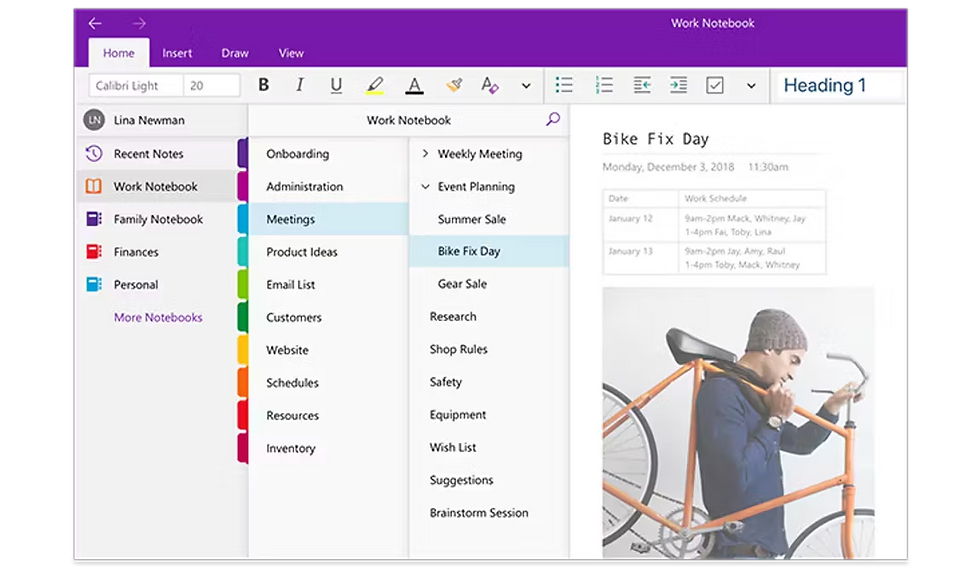
Overview
Microsoft OneNote is a digital notebook for saving, sorting, and sharing info. You can make notebooks for different projects and work with your team at the same time. OneNote works with Microsoft 365 apps, so you can link emails, calendar events, and tasks.
OneNote works well with Teams, Outlook, and SharePoint. This puts project info in one place and helps teams talk better.
Pros
You can open notes from Teams, browser, or desktop.
OneNote lets you work together and see updates right away.
You can give tasks using Outlook Tasks.
You can link notes to Word, Excel, or PowerPoint for better work.
Rating Category | Score / Count |
Overall Rating | |
Ease-of-use | 4.6 |
Customer Support | 4.3 |
Value for Money | 4.6 |
Functionality | 4.5 |
Cons
Backup and restore are not as good now, so you could lose data.
Some features only work on phones, not computers.
There are security worries because there is no password protection.
4.Google Workspace
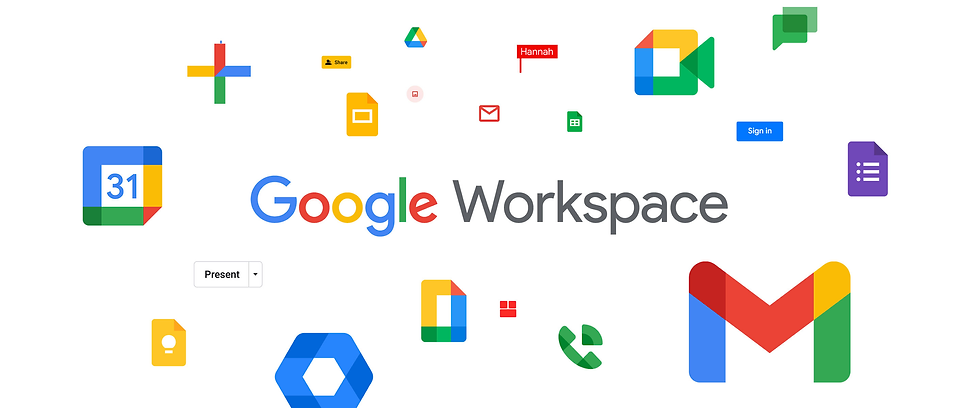
Overview
Google Workspace is a group of online tools like Gmail, Docs, Sheets, Slides, and Drive. You can work with your team at the same time, share files, and manage projects from anywhere.
Pros
You get easy links between email, documents, and storage.
Google Workspace lets you edit and comment with others in real time.
The platform has strong teamwork features.
You can open your files on any device.
Cons
You need to pay for advanced features.
Some tools do not work offline.
Privacy settings may not be enough for every group.
5.Otter.ai
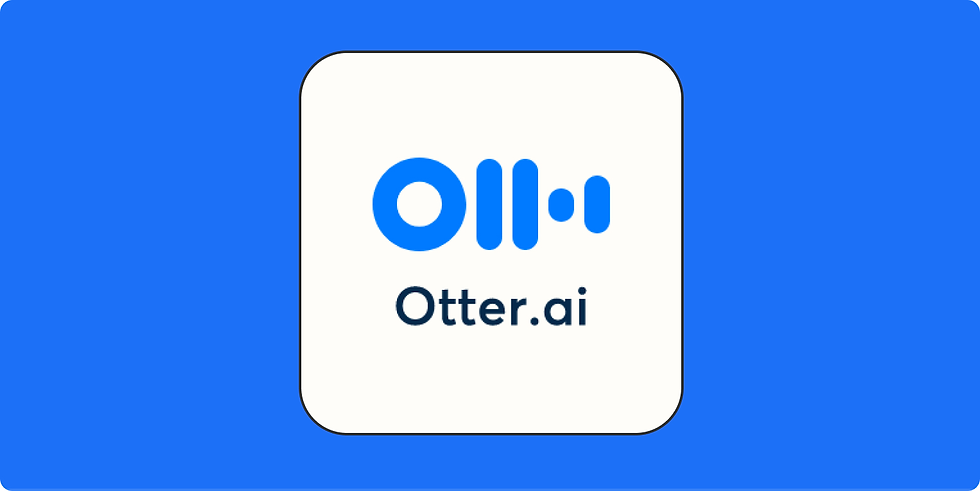
Overview
Otter.ai is an AI tool that turns spoken words into text. You can use Otter.ai to write down meetings, interviews, and classes. This makes it easier to look back and share info.
Pros
Otter.ai writes down what people say and shows who is talking.
You get short meeting summaries and lists of action items.
The platform works with Zoom, Teams, and Google Meet for automatic writing.
You can share notes, highlight, comment, and tag people in transcripts.
Otter.ai keeps your info safe with encryption and two-factor login.
Cons
It is about 85% correct, so you may need to fix mistakes.
Some people say transcripts are broken up or have wrong words.
You need a premium plan for better features.
6.Fathom
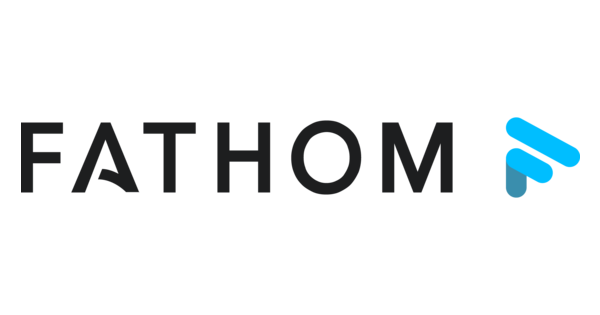
Overview
Fathom is an AI meeting helper that records, writes down, and sums up meetings. You can use Fathom to quickly see meeting notes, make video clips, and share highlights with your team.
Pros
You get a simple interface that is easy to use.
The platform records video and writes down what is said.
Fathom has a free plan with lots of features.
You can connect it with CRM, project tools, Slack, Google Docs, and Notion.
Cons
Some smart features are only in paid plans.
Connecting with accounting tools may take work.
You cannot change summary formats much.
7.HubSpot CRM
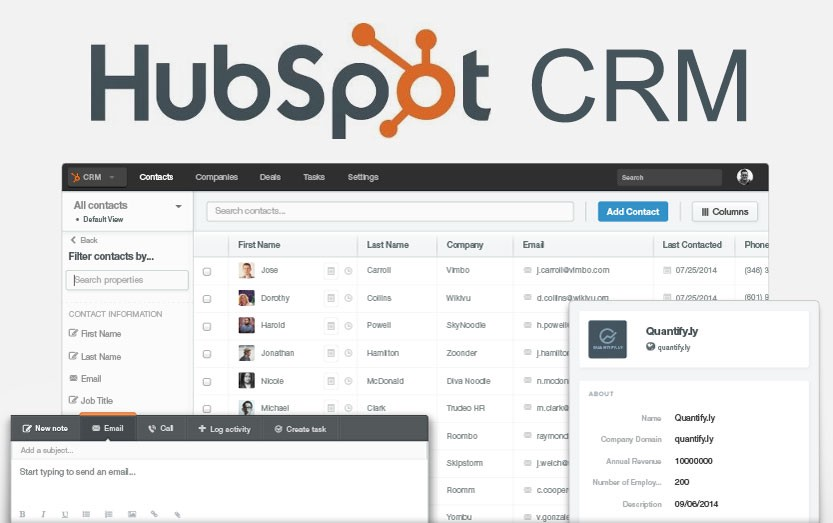
Overview
HubSpot CRM is an online tool for managing customer relationships. It helps you track leads, manage contacts, and automate sales steps. You can use HubSpot CRM to organize customer info and make talking easier.
Pros
You get a simple dashboard you can change.
HubSpot CRM tracks leads and follow-ups for you.
The platform works with email, calendar, and marketing tools.
You can see strong reports for sales.
Cons
You need to pay for smart automation.
Some people say reports cannot be changed much.
Connecting with other apps may need tech help.
8.Zoho CRM
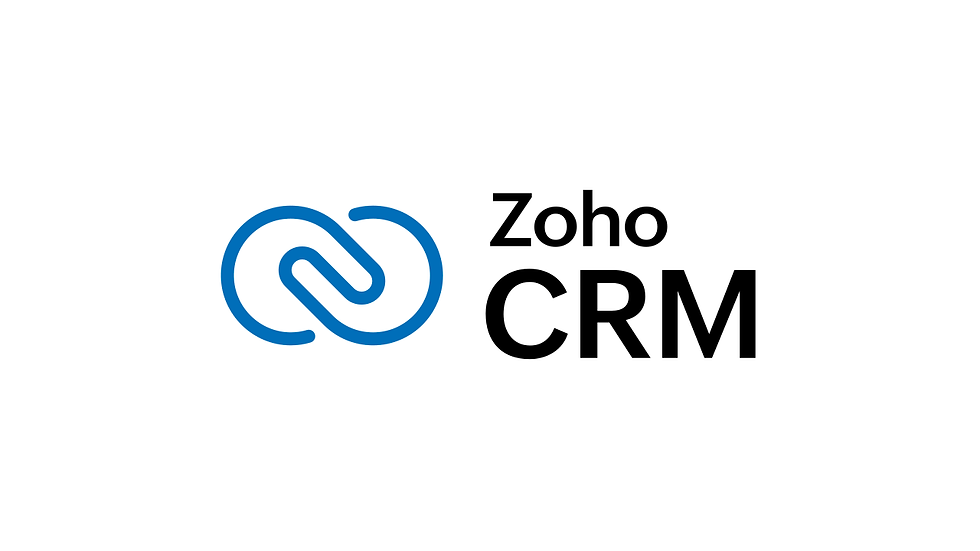
Overview
Zoho CRM is a flexible tool for sales, marketing, and customer support. You can use Zoho CRM to automate work, track talks, and connect with popular business tools.
Key Integration Features with Zoho CRM | |
Shopify | Sync customers and orders automatically |
WooCommerce | Link orders and leads between platforms |
Gmail | Update CRM entries and send emails |
Smartsheet | Add rows for new contacts |
Asana | Attach files and create subtasks |
Pros
Zoho CRM connects with many e-commerce, email, and project tools.
You can automate sales and marketing work.
The platform lets you change modules and dashboards.
Zoho CRM works on phones for easy use anywhere.
Cons
Some connections need tech setup.
Smart reports are only in paid plans.
The interface may be hard for new users.
9.Fireflies.ai
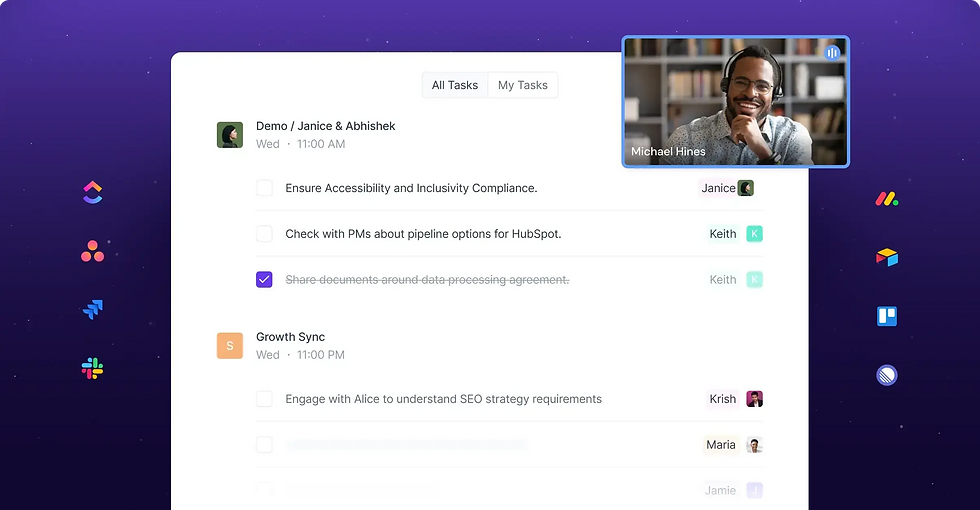
Overview
Fireflies.ai is an AI meeting helper that writes down, sums up, and organizes meeting info. You can use Fireflies.ai to make a searchable knowledge base and automate follow-up tasks.
Pros
Fireflies.ai writes down meetings in over 100 languages.
The platform finds and gives out action items.
You get meeting summaries made by AI.
Fireflies.ai works with over 50 business apps.
The tool keeps your info safe with strong security.
A company using Fireflies.ai saved 40% meeting time with automatic summaries and writing.
Cons
Some teamwork features need a premium plan.
Sometimes there are mistakes with hard audio.
Setting up connections can take time for big teams.
10.Supernormal
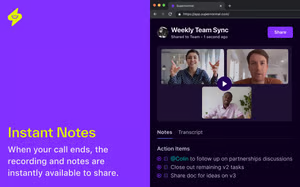
Overview
Supernormal is an AI meeting helper that writes down and takes notes for you. You can use Supernormal to save time, make meetings more accurate, and send notes to your favorite tools.
Pros
Supernormal makes AI summaries and works in 68+ languages.
You get automatic writing and notes you can search.
The platform connects with Slack for remote teamwork.
Supernormal gives a clean experience without bots.
Users like Supernormal for saving time, helping teams work better, and letting founders grow by catching details.
Cons
You cannot write down meetings offline.
The bottom toolbar can block meeting controls.
Smart search and media import need a premium plan.
Supernormal helps you focus on tasks and talk better, making it a good tetra alternative.
Tetra Alternatives Overview
Comparison Table
It is important to pick the right tool for your work. The table below shows the top 10 tetra alternatives. You can quickly see their main features and special benefits.
Tool | AI Features | Knowledge Management | Collaboration | Integration | Device Support | Unique Benefit |
remio | AI copilot, search, info auto captured | Unified resources | No | Slack, Gmail, Docs | Mobile, Desktop | Local data privacy, web auto-capture |
Evernote | Basic search | Notes, notebooks | Yes | Email, Web | Web, Mobile | Web clipping, templates |
OneNote | Tagging, search | Notebooks | Yes | MS 365, Outlook | Web, Mobile, Desktop | Deep MS integration |
Google Workspace | Smart suggestions | Docs, Drive | Yes | Gmail, Calendar | Web, Mobile | Real-time editing |
Otter.ai | Speech-to-text | Transcripts | Yes | Zoom, Teams | Web, Mobile | Speaker ID, meeting summaries |
Fathom | Meeting AI | Highlights | Yes | CRM, Slack | Web | Instant video summaries |
HubSpot CRM | Sales automation | Contacts, deals | Yes | Email, Calendar | Web, Mobile | Custom dashboards |
Zoho CRM | Workflow AI | Sales, support | Yes | Shopify, Gmail | Web, Mobile | E-commerce integration |
Fireflies.ai | Meeting AI | Knowledge base | Yes | 50+ apps | Web, Mobile | Multilingual transcripts |
Supernormal | Meeting AI | Notes, summaries | Yes | Slack | Web | Bot-free experience |
Tip: Use this table to help you choose. Look for tools with the features you need. Think about AI, device support, or how they connect with other apps.
Key Features
Each tool has something special. Remio helps you organize with AI and keeps your data private. Evernote lets you save web pages and use templates. OneNote works with Microsoft apps and lets you tag notes. Google Workspace gives you teamwork and smart tips. Otter.ai and Fireflies.ai change speech into text and help you find meeting info fast. Fathom and Supernormal make quick meeting summaries. HubSpot CRM and Zoho CRM help with sales and link to business tools.
Pick a tool that matches how you work. Some tools are best for meetings. Others help with notes or customer info. You have many choices with these tetra alternatives. Try a few to see which one helps you work better.
Choosing the Right Tetra Alternative
Assess Needs
Start by looking at your daily workflow. Think about what slows you down or causes confusion. Do you need better note-taking, faster search, or help with meetings? Write down your main goals. If you work alone, you may want a tool that keeps things simple. For teams, focus on sharing and real-time updates. Make a list of must-have features before you compare tetra alternatives.
Integration
Check how each tool connects with your current apps. You save time when your productivity tool links with email, calendars, or cloud storage. Look for options that support Slack, Gmail, Google Docs, or other platforms you use. Good integration means you do not have to switch between apps all day. This helps you keep your workflow smooth and efficient.
Tip: Make a table of your favorite tools and see which ones work together. This helps you spot the best fit for your setup.
Budget
Set a clear budget before you choose a tool. Some options offer free plans with basic features. Others need a monthly fee for advanced tools. Think about how much value you get for the price. If you work in a team, check if the cost changes as you add more users. Always look for hidden fees or extra charges for integrations.
Testing
Try out your top choices before you decide. Most tools offer free trials or demo versions. Use this time to see if the tool feels easy and helps you work better. Ask your team to test it too. Collect feedback and see if the tool meets your needs. If it does not fit, move on to the next option. Testing helps you avoid wasting time and money.
Remember: The best productivity tool is the one that matches your workflow and helps you reach your goals. Stay open to new tetra alternatives as your needs change.
You can pick from lots of tetra alternatives. Every tool has special features to help you work better. Try out different tools to see which one fits your work style. Be ready to try new technology and use AI tools to get more done. Check your tools often so you always have the best ones.
Tip: Try new tools often. You can do better by staying open and learning about new things.
FAQ
What is a Tetra alternative?
A Tetra alternative is a tool for productivity. It has features like Tetra. You can use it for notes, meetings, or customer data. Many of these tools have AI to help you work faster.
How do I choose the best productivity tool for my needs?
First, write down your main goals and features you need. Try some tools with free trials. See if they connect with your favorite apps. Pick the one that is easy and helps you finish more tasks.
Do these tools support team collaboration?
Most Tetra alternatives let teams work together. You can share notes and give out tasks. You can work with others at the same time. Some tools let you comment or tag teammates to talk better.
Are AI features safe to use with my data?
Many tools have strong security and privacy rules. Remio keeps your data on your device. Always read the privacy policy before you use a tool.
Can I use these tools on my phone or tablet?
Yes, most Tetra alternatives have mobile apps. You can open notes, meetings, or tasks on your phone or tablet. This helps you stay productive anywhere.
